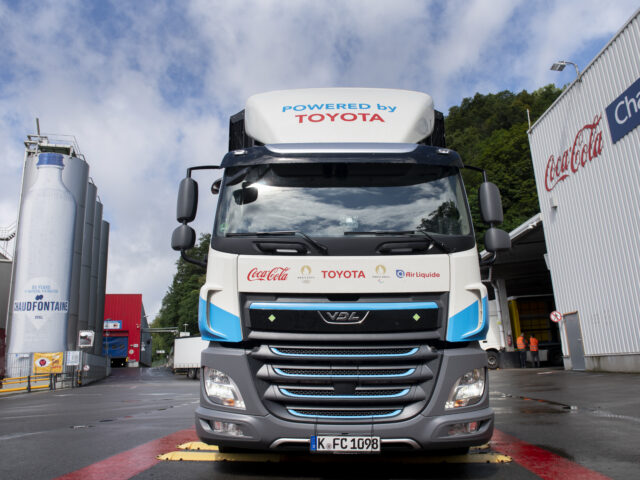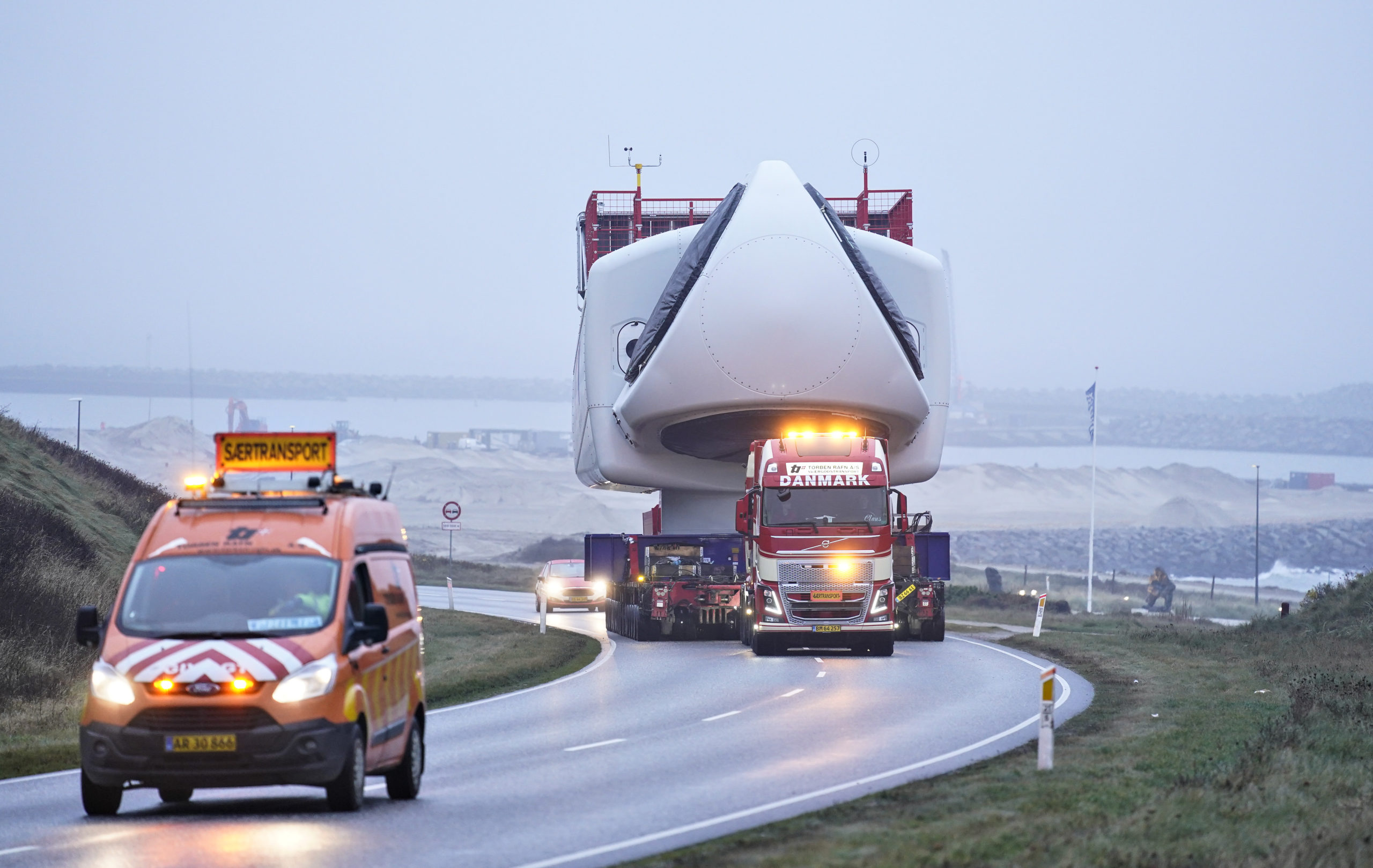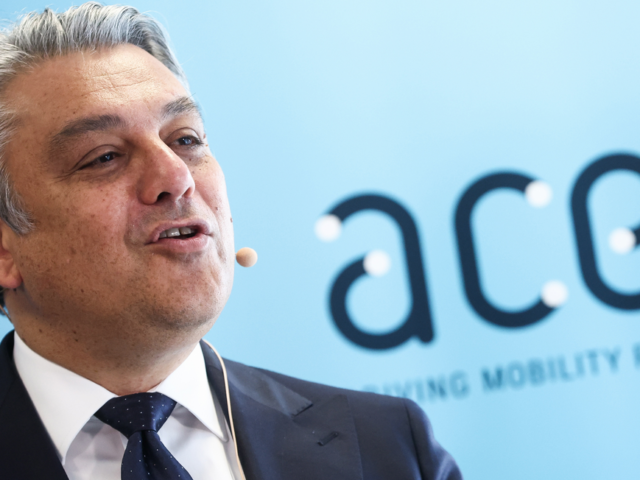
Belgium wants undersea electricity link with Denmark (update)

Denmark is a world champion when it comes to renewable energy. Here we see a slow-moving wind turbine transport on its way to the test center in Oesterild from Hanstholm Harbor, West Coast of Jutland, Denmark /Belga
The Flemish Minister for Energy, Tinne Van der Straeten (Groen), wants to install an underwater electricity connection between Belgium and D


Comments
Ready to join the conversation?
You must be an active subscriber to leave a comment.
Subscribe Today